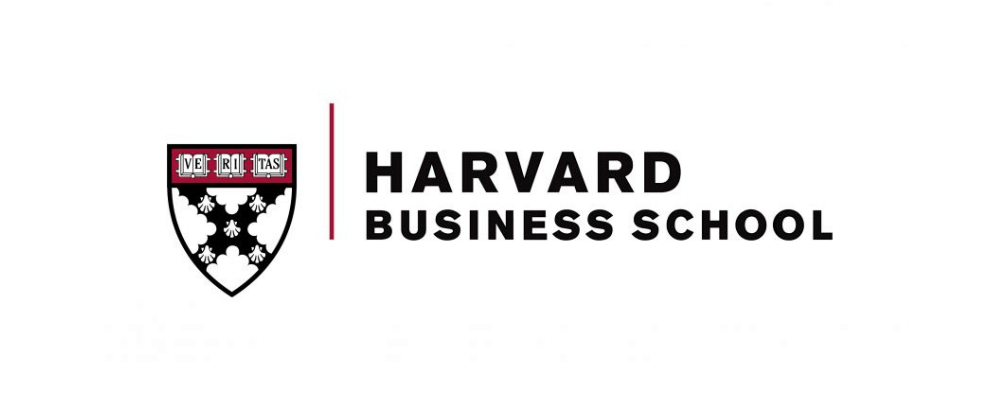It’s Wall Street doctrine that small firms struggle to raise capital at reasonable rates and are often rejected for credit lines and loans because banks think their risk profile is too high.
“If you really want to drive investment, targeting those firms that look like they have financial slack could lead to substantial growth.”
But new research suggests that small businesses are far more fiscally conservative than banks realize. In fact, firms with up to 10 employees hold back spending on their revolving credit lines to create a buffer, even when banks raise the limit and grant longer-term loans. What’s more, holding on to that buffer means that those firms may not be growing as quickly as they could, says Olivia Kim, a Harvard Business School assistant professor.
“If you really want to drive investment, targeting those firms that look like they have financial slack could lead to substantial growth, because it looks as though they have been foregoing opportunities,” explains Kim.
Whether a tech startup or a pet shop, small businesses are a major economic force, contributing 44 percent of gross domestic product in the United States alone. When banks expand their credit, small companies have room to grow—and yet will still maintain slack in their total borrowing capacity.
“I knew that [small] firms have to be cautious in the way they finance,” Kim says. “I was just surprised by how much. The level of utilization was substantially lower than what I expected.”
Kim conducted the study with Deniz Aydin, an assistant professor at Washington University in St. Louis’s Olin Business School.
Test case in Turkey
To test how small firms manage and use their debt, Aydin and Kim turned to extensive lending data from a large European bank based in Turkey in 2014. They selected a time when the economy was growing and stable years following the global financial crisis at the turn of the decade, with conditions that mirrored the US small business landscape today, Kim notes.
Researchers analyzed data for 3,169 small firms that were pre-approved for debt capacity increases. A group of 2,414 of those were randomly offered surprise expansions, while another 755 firms were not, serving as a control group.
Companies that were offered increases were notified via phone or text. The increases did not affect borrowing costs, due to an interest rate cap in Turkey that was binding for all firms in this study.
Small firms tap debt cautiously, strategically
Over time, researchers found that the small businesses not only kept a buffer, but used more of their debt capacity to pay for longer-term expenses beyond day-to-day operating expenses, like capital improvements. Firms, used to the financial security of being able to roll over debt in a credit line, shifted slowly to term debt.
The researchers found:
- Fewer than 10 percent of the firms were “truly financially constrained” with ratios above 98 percent for total credit use. Instead, average credit use was 39 percent before a credit expansion was offered.
- The firms raised borrowing by 61 percent once credit was expanded over 12 months compared to the previous year. That’s the equivalent of 35 cents for every dollar of increased debt capacity.
- On average, firms shifted borrowing use over two years to start longer-term investing, mostly through term debt.
- Debt capacity expansion led to firm growth, with profits increasing by 35 percent annually. Growth is even larger for firms further away from debt limits.
- Delinquency or debt restructuring rates didn’t climb with borrowing capacity increases.
“This is striking because firms don’t even draw down the entirety of their credit lines,” says Kim, “They only draw down 55 cents for each dollar. So just having the option of borrowing more can spur growth.”
Lessons for small businesses everywhere
In searching for potential reasons, one might conclude that the companies that didn’t request the increases were in “an environment where credit access is very difficult, and firms may also not be super sophisticated,” Kim says, adding they may be learning how to use credit lines for the first time. “But if you actually look at the data, there’s no variation in how they respond by prior experience.”
“One can achieve economic growth by targeting these firms.”
Given the economic stability of Turkey at the time of the experiment, banks and small businesses in the US and elsewhere should take note of the findings. In fact, the type of privately-held, bank-dependent firms studied reflect the makeup of 80 percent of US and 90 percent of worldwide companies.
The most important “implication is that the precautionary motive to preserve the buffer was inhibiting sales before,” says Kim. “Policymakers can take this into account. One can achieve economic growth by targeting these firms.”
You Might Also Like:
Feedback or ideas to share? Email the Working Knowledge team at hbswk@hbs.edu.
Image: Image asset from AdobeStock/VTT Studio
“Harvard Business School is the graduate business school of Harvard University, a private research university in Boston, Massachusetts. It is consistently ranked among the top business schools in the world and offers a large full-time MBA program, management-related doctoral programs, and executive education programs.”
Please visit the firm link to site



